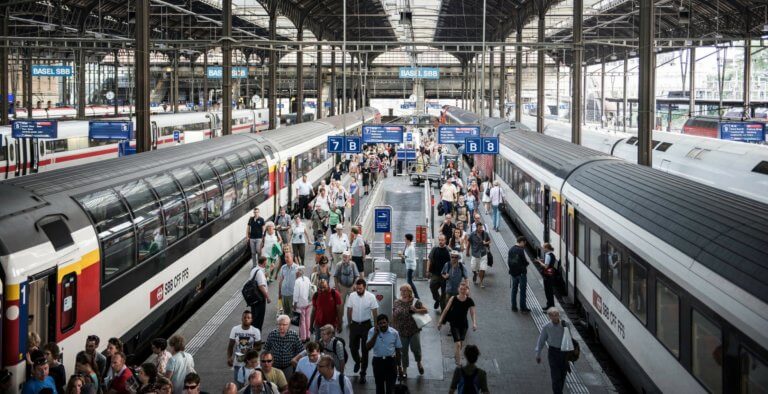In 2014 in Bern, Switzerland, to relatively little fanfare, Bankset Energy installed the first-ever solar panel on a rail track, setting in motion a project that could transform how railways around the world are powered – and deliver gigawatts (GW) of clean energy back into the grid and people’s homes.
Four years later, in June 2018, Bankset, a renewables investor based in London, began construction work on the installation of 200MW of solar PV panels on 1,000km of rail track in Saxony, Germany.
The panels made from silicone and aluminium can be attached to the existing concrete, wood and steel sleepers that make up many of the world’s rail networks, without the need for alterations.
Bankrolled by an initial €10m funding package from Bankset, and European, US and Chinese partners and a recent $2.1bn share offering, the company has extended the trial to twelve countries including the US, the UK, China and Australia, and is targeting a further 165 – which it claims would constitute the largest solar installation ever undertaken.
“Bankset Group is the engineering force behind the technology, which powers the rail network with clean, renewable energy,” says Bankset Group director Marc Isoti. “We came up with the concept and own a manufacturing facility able to produce several GW of green power in the coming years.
“We invented the system in Switzerland, where the first installation took place (on private industrial track connected to the SBB/CFF network). Currently, the focus is on our demonstration test centre in Germany, but further demonstration tracks are under development in twelve countries, and Bankset has so far received enquiries from the majority of state railway companies interested in the innovation.”
Demand for traction power on the world’s rail networks is escalating and many traditional grids are at full, or nearly full capacity. Using solar PV power is potentially a neat solution that uses photovoltaic panels in close proximity to (or in the case of Bankset’s solution, directly on) rail lines to generate electricity and transmit it directly into system as traction current, and/or distribute it to the grid.
According to a 2017 report into solar PV rail applications by Imperial College in London, this could take advantage of a coincidental match between the peak generating time for solar and a peak demand for traction current, while also bypassing current problems in areas of limited grid capacity.
In addition, solar PV arrays typically output DC power at 600–800V, while electric rail operates at 750V, meaning that the cost of connecting solar generation to DC traction networks – such as those seen in urban rail networks throughout the UK – should be competitive with grid connection costs, potentially eradicating the need for public subsidies.
“We currently supply power to overhead lines in all current options – AC and DC, low, medium and high voltage, HVDC – to train stations, and directly to the consumer and buildings alongside long-distance rail lines,” explains Isoti.
“We use simulation software designed by engineering consultancy Mott MacDonald to adjust loads and power supply from Bankset energy rails. In Q4 2019, we look forward to a first 15km Bankset rail line track and to powering a battery train for a full 24 hours.”
Bankset claims its panels are built to withstand the stress of trains travelling over them, and uses robot trains to clean them with pressurised water as part of its operations and maintenance regime.
Read more: https://www.railway-technology.com/features/future-of-rail-travel/


